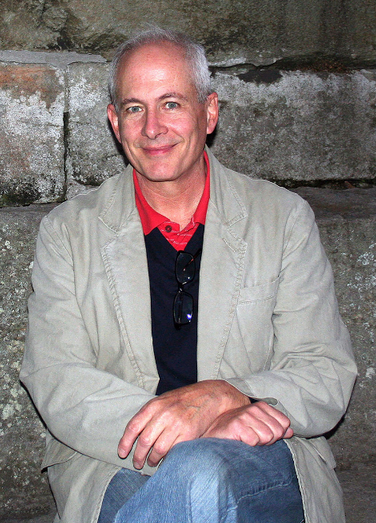
Colloquium, Department of Classical Studies
402 Cohen Hall, 249 South 36th St.
*4:15-4:45 pm: Coffee and cookies in Cohen Hall 2nd Floor Lounge. All are welcome.
In a market economy, the transport of commodities links producers to consumers and provides a vital mechanism of connectivity that ties the network together. To what extent the economy of the early Roman empire resembled such a market-oriented system has long been debated. Recent experiments in parametric modeling provide guidelines for framing the inquiry but shed little light on how the processes of distribution worked. This paper approaches the latter question by focusing on the animate infrastructure (human and animal) that undergirded the system. Paradoxically, understanding the structural role of land transport workers in the distribution of goods depends upon recognizing the diversity of circumstances that attended their work. Fortunes could be made and social positions raised through engagement in the activity, but most evidence suggests a localized and modest scale to the majority of operations and points to a fragmented and under-organized, if pervasive, deployment of semi-skilled labor throughout a loosely integrated and poorly regulated system.
Why this was so merits reflection, since evidence from the Mediterranean world and Ancient Near East indicates that institutional infrastructure for mounting well integrated large-scale land transport enterprises existed and was variously exploited by private and state operators both before and after the early Roman imperial period (1st-3rd c. CE). In this paper I will suggest that the sociological concept of spacetime formulated by anthropologist Nancy Munn in the 1970s and applied by sociologist Rob van Veggel to the working lives of muleteers in southwest Catalonia during the middle decades of the last century provides a model of operation that fits much of the evidence for local and regional land transport during the early Roman empire.


